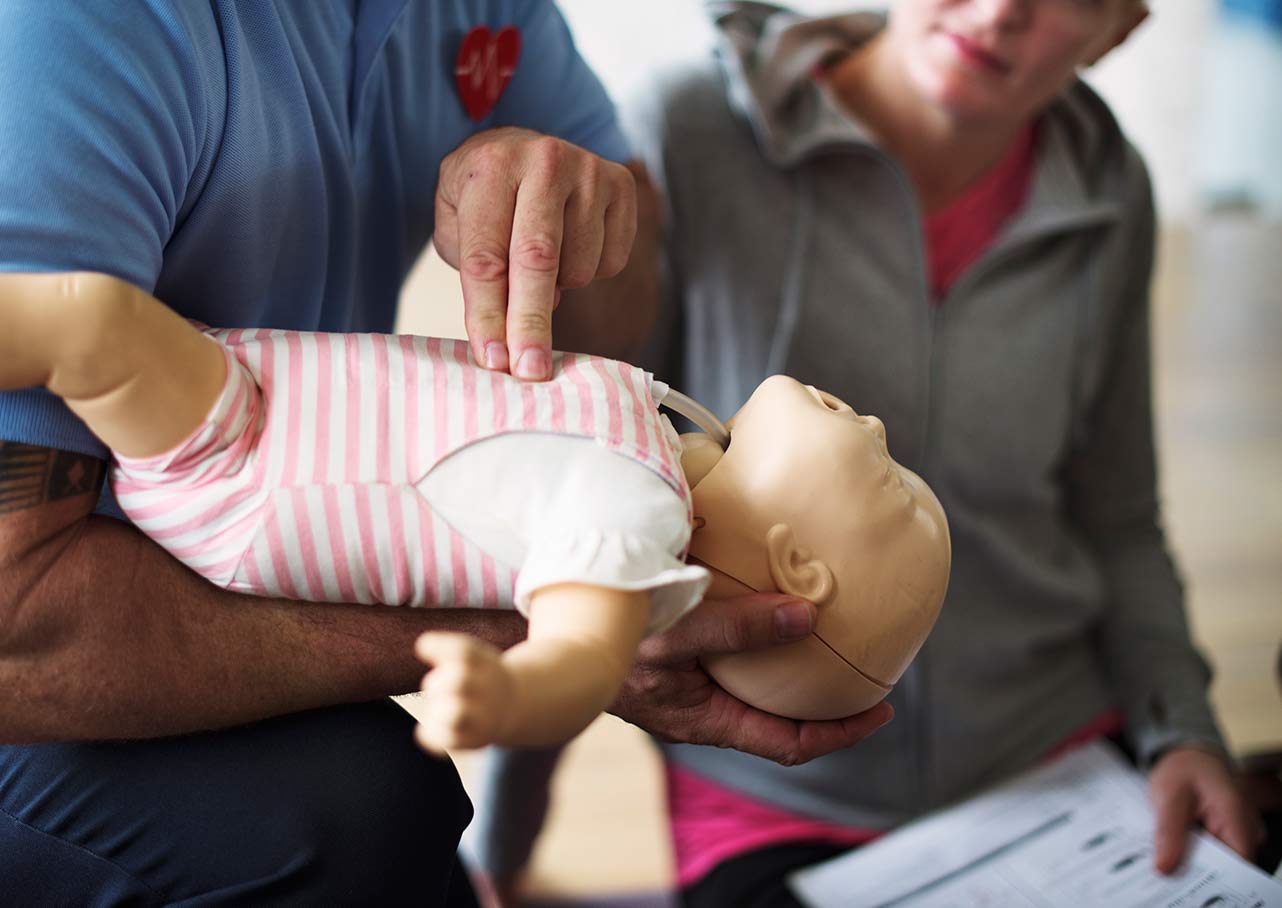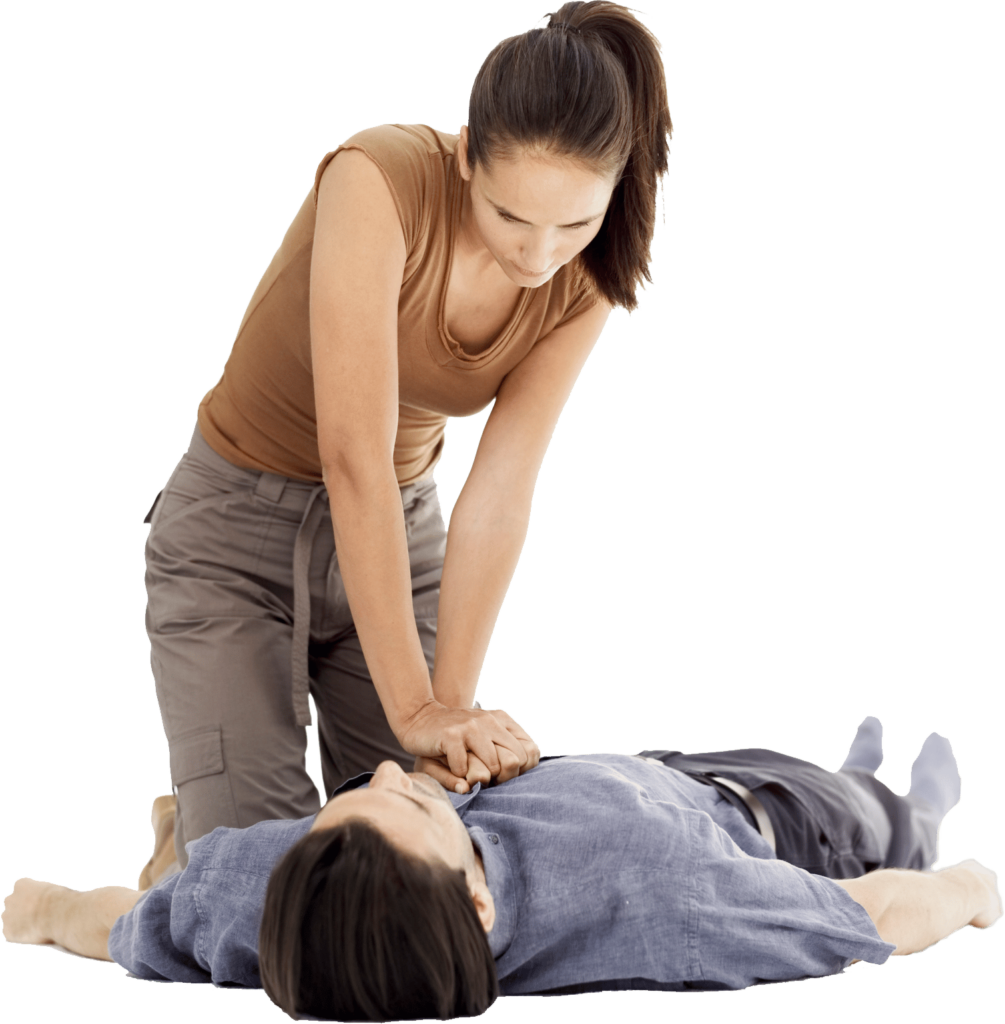

Understanding how to perform CPR correctly can save lives. Whether you’re a healthcare professional, teacher, parent, or just someone who wants to be prepared, knowing the basics of CPR is crucial. CPR, or cardiopulmonary resuscitation, involves chest compressions and rescue breaths to help someone in cardiac arrest. This life-saving skill is tailored differently depending on the age of the person in need, making it essential to learn the specific techniques for infants, children, and adults.
Performing CPR can mean the difference between life and death, but using the correct methods for each age group is essential. Improper techniques can do more harm than good, so professional training and certification are vital. There’s a significant difference in how CPR is applied to an infant versus a child or adult, and understanding these differences can make us more effective in emergencies.
Our goal with this blog is to provide a clear understanding of the basics of CPR for different age groups without going into medical details. Doing so encourages those interested to seek proper training and certification. This way, we can confidently help during a cardiac emergency.
CPR is crucial for people of all ages. From infants to adults, knowing how to perform CPR can save lives. When a person’s heart stops, getting blood flowing again quickly is vital. This can prevent permanent damage to the brain and other organs. For infants, quick and correct CPR is crucial because their bodies are smaller and more delicate.
Children also need special care during CPR. Their bodies differ from adults, and so do their medical needs. Proper training helps ensure we provide the right help to avoid causing harm. Learning CPR for children involves understanding how much pressure to use and how to give rescue breaths effectively.
Adults have different needs when it comes to CPR. Their larger bodies and stronger bones require a different approach. Knowing these differences helps us respond correctly during emergencies. Understanding the importance of CPR at various life stages is not just about helping others; it’s also about doing it correctly.
CPR training includes several vital components. One critical part is learning how to perform chest compressions, which are essential for keeping blood flowing when the heart stops. Practical training ensures we know the proper technique and pressure for different age groups.
Rescue breaths are another vital part of CPR training. They help provide oxygen to the person in need. In our classes, we learn how to give rescue breaths properly to infants, children, and adults. This skill can make a big difference in an emergency.
Finally, AED (Automated External Defibrillator) training is a crucial component. An AED can restart a stalled heart. Our training teaches how to use an AED safely and effectively. These devices are often found in public places, making knowing how to use them essential. Combining chest compressions, rescue breaths, and AED training equips us to handle emergencies confidently.
CPR techniques vary for infants, children, and adults due to their different physical structures and medical needs. For infants, CPR requires gentle compressions using two fingers. Their tiny bodies need careful handling to avoid injury while providing enough pressure to keep blood flowing.
Children’s CPR involves using one or both hands, depending on the child’s size. The force applied is more than for infants but less than for adults. We also need to adjust the depth of the compressions and the number of breaths to ensure the child receives adequate help without harm.
Due to their larger and more muscular bodies, adults require more forceful compressions. Using both hands and pressing down more deeply is crucial to maintaining blood flow. The number of compressions and rescue breaths also differs; knowing these specifics helps us act efficiently in emergencies. Recognizing these differences in CPR methods is essential for providing the proper care during critical moments.
Obtaining a professional CPR certification is essential for several reasons. First, certified training ensures we learn the correct techniques. Trying to perform CPR without proper training can be dangerous and might lead to more harm than good. A professional course teaches us how to administer chest compressions, rescue breaths, and use an AED.
Another important aspect is that many professions require a CPR certification. Healthcare providers, teachers, and even corporate employees must be certified. This certification can open up job opportunities and ensure we meet workplace safety requirements.
Lastly, professional certification provides confidence and peace of mind. Knowing we have the right skills and knowledge helps us stay calm and effective in emergencies. A recognized certification, like one from the American Heart Association, guarantees that our training is updated and widely accepted. This assurance is invaluable when lives are on the line.
Understanding CPR is a vital skill that can make a massive difference in emergencies. Knowing how to perform CPR correctly is critical for infants, children, or adults. It’s about learning and applying it correctly based on the person’s age and physical condition.
A professional CPR certification ensures we are well-trained and confident in our abilities. It also meets the requirements of various professions and provides peace of mind that we’re prepared to help when needed. The training covers all the essential components of CPR, including chest compressions, rescue breaths, and AED usage, and it is tailored for all age groups.
Getting professional CPR certification in Dallas is essential if we’re serious about being prepared for emergencies and want to ensure we can help others effectively. Rapid CPR Dallas offers comprehensive CPR certification and first-aid training courses. Our classes are designed to equip you with the skills needed to save lives. Join us and become certified today!

